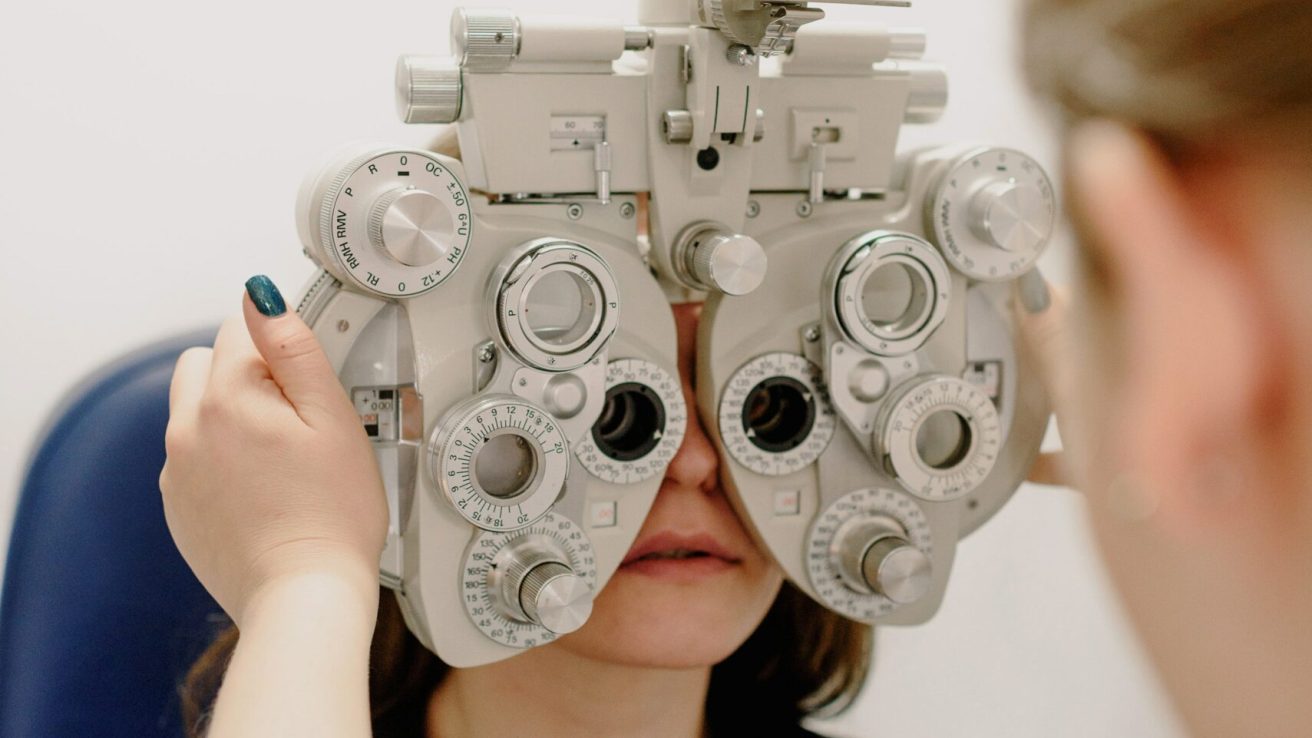NMOSD imposes a significant burden on patients, carers, and healthcare systems. This study found reduced health utilities, high costs of informal care, and reduced work capacity for patients with NMOSD and their carers.
A unique autoimmune condition known as neuromyelitis optica spectrum disorder (NMOSD) affects the central nervous system and causes inflammation of the optic nerves and spinal cord. Serious visual loss, paralysis, and other disabling symptoms can result from this illness. Even though there are therapies, they come with high health costs and expenses that can significantly impact patients and their families.
This study, published in the Orphanet Journal of Rare Diseases, reported the low quality of life and high financial burden due to NMOSD among patients and caregivers.
NMOSD Significantly Affects Patients’ Quality of Life
The severity of NMOSD symptoms compromise a patient’s general health and well-being. With a mean score of 0.54 on the EQ-5D 5L, a self-report quality of life survey that includes categories of mobility, self-care, usual activities, pain/discomfort, and anxiety/depression, patients with NMOSD often have lower utility values than those with multiple sclerosis and amyotrophic lateral sclerosis.
The results of the baseline EuroQol (EQ)-5D-5L survey showed that a significant number of patients are facing problems in their daily lives. Most patients (93%) reported issues in one or more dimensions. The responses indicate that 29% face severe or extreme pain or discomfort, while 12% are unable to walk. Additionally, 88% of patients reported difficulty undertaking work, study, housework, family, or leisure activities, highlighting the impact of their condition on their daily lives.
Patients with NMOSD Face Difficulties Due to Vision problems
The average Vision and Quality of Life Index (VisQoL) score was 0.79. Most people had trouble in one or more areas, with vision being the most difficult. This made it hard for them to deal with the demands of their lives, gave them less confidence to participate in everyday activities, and made it difficult for them to fulfill their aspirations.
Financial Burden of NMOSD on Utilities
Seventeen (15%) patients said they had purchased home adaptation-related items such as wheelchairs, mobility scooters, public liability insurance, medication, and private prescriptions in the past year. The average cost of these adaptations was £4843 ($5800). Additional travel costs were reported by 38% of the patients, at an average of £80 ($96) over a 3-month period [95% CR: £41 ($49)–£119 ($142)].
Productivity Losses in Patients with NMOSD
Forty-seven of the patients had left the workforce, 16 due to their long-term illness and retirement. Few patients said that NMOSD had made it harder for them to keep their jobs. Only 13 (11%) of the patients said they had paid jobs, and of those, 7 said they had been sick for an average of 30 days in the last three months.
The Exorbitant Cost of Treating Moderate-to-Severe NMOSD
The cost of NMOSD therapies can be exceedingly high. Many therapies are required and may last for the duration of the patient’s life, and this can be a considerable financial burden for both patients and their families. The anticipated average annual costs are calculated to be £22,492 ($26,936), or £5623 ($6734) each quarter. A total expenditure of £32,717 ($39181) [equal to £130,860 ($156716) per year] was incurred by patients with moderate-to-severe NMOSD (8.0 EDSS 9.5), primarily because of more frequent hospitalization.
The Strain on Caregivers for Patients With NMOSD
More than 22% of caregivers spent over 100 hours each week taking care of NMOSD patients, and 40% said that this affected their ability to find work. Depending on the type of study, patients often require care for 15 hours each day. This is equivalent to £13,150 ($15748) to £24,560 ($29413) over a period of three months (or £52,600 ($62992) to £98,240 ($117650) over a period of one year).
An individual patient’s health, quality of life, and finances may all be significantly impacted by NMOSD. To make sure they can get the therapies they need, patients and their families should be aware of the costs associated with NMOSD therapy and understand their insurance coverage, and healthcare professionals should collaborate with patients to identify therapies that are both efficient and economical.
Source
Hughes, D. A., Bourke, S., Jones, A., Bhatt, R., Huda, S., Mutch, K., & Jacob, A. (2022). Health utilities and costs for neuromyelitis optica spectrum disorder. Orphanet Journal of Rare Diseases, 17(1), 159. https://doi.org/10.1186/s13023-022-02310-z










